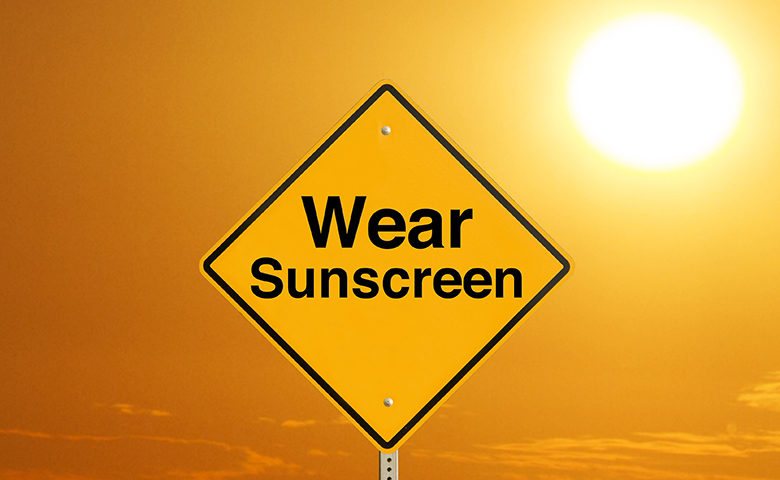Despite public awareness campaigns and easily available information, the rate of people dying from malignant melanoma around the world has risen.
These findings were presented at the 2018 National Cancer Research Institute Cancer Conference. One of the scientists involved said: “There is evidence that suggests men are less likely to protect themselves from the sun or engage with melanoma awareness and prevention campaigns.”
Sun exposure in the workplace
This recent report should be a call to action for organizations that require their employees to work in the sun. Outdoor workers are predominantly male, and men are not only significantly less likely to use sunscreen but, according to the findings above, much more likely to develop cancer. But women who work outdoors are equally susceptible and could be influenced by group dynamics or the sunscreen habits of their male coworkers due to cultural norms or other forms of influence. As a result, employers need to make workers aware of the risks and encourage them to be proactive.
The direct sunlight these workers are exposed to during peak sun hours means they are at a much higher risk of being affected by skin cancer, cataracts, and heat stress, among other health issues caused by sun exposure.
In fact, outdoor workers have a 2.5 to 3.5 times greater risk of developing skin cancer than people who work indoors. New initiatives need to reach at-risk workers—which include those in construction, farming, building care and maintenance, lifeguards, landscapers and postal workers. It can be challenging for government agencies to effectively engage these workers, which is why it’s important for employers to play an active role in sun safety.
Addressing the problem
Approximately 90 percent of skin cancers are linked to ultraviolet radiation (UVR) exposure, which means that the majority of skin cancers are largely preventable. Safety professionals can address these issues by implementing a sun safety program and creating clear guidelines for their workers to follow. Organize a toolbox talk or two about the dangers of overexposure and the importance of reporting changes in skin, spots or moles to a doctor as soon as possible.
Additionally, providing workers with relevant information on recognizing the signs of heat-related illnesses such as heat stroke or heat exhaustion could be extremely helpful.
Educate employees on what the UV index means. A rating of 3–5 on the UV index indicates moderate risk, 6–7 is high risk, 8–10 very high and 11 or more is extreme. Employees need to pay attention when the UV Index is 3 or higher. Exposure should be minimized as much as possible between 11 a.m. to 3 p.m. between April and September (even if it’s cloudy). When the UV index is higher than 7, precautions may need to go beyond just protection and working in the shade to reschedule the work if possible.
Here’s a simple tip called the shadow rule: if your shadow is taller than you, your UV exposure is low, but if your shadow is shorter than you, you’re exposed to higher levels of UV radiation. Encourage employees to take breaks in the shade and if they are regularly exposed, remind them about a few rules regarding skin and eye protection below.
Skin protection
- Use broad-spectrum and water-resistant sunscreen with a sun protection factor (SPF) of at least 30 on skin not covered by clothing. Apply it generously and reapply when required (e.g., when you wet your face or sweat).
- Seek shade or bring your own (this might be tricky in some industries but use a tent or hang up a tarpaulin where possible).
- Wear clothing that covers as much skin as possible, as appropriate to the activity and weather.
- Cover your head, neck and ears.
- Don’t use UV tanning equipment, don’t deliberately try to get a suntan, and avoid getting a sunburn.
Eye protection
- Wear sunglasses, safety glasses or prescription eyeglasses with UV-protective lenses.
- Wear a wide-brimmed hat for added eye protection or think about adding cooling hats, sun visors or neck shades if hard hats are required.
In addition to these basic rules, think about what else you can do to protect workers, including making sun protection part of your employees’ required PPE.
Providing employees with sunscreen, sunglasses and other protective tools is a small demonstration of how much you care about their health. It’s important for employers to do what they can to ensure better adherence to sun safety rules, which are vital to prevent the rise of skin cancers among outdoor workers—especially among men.

